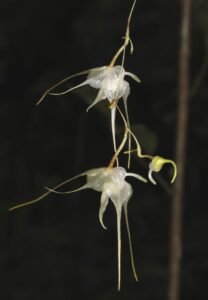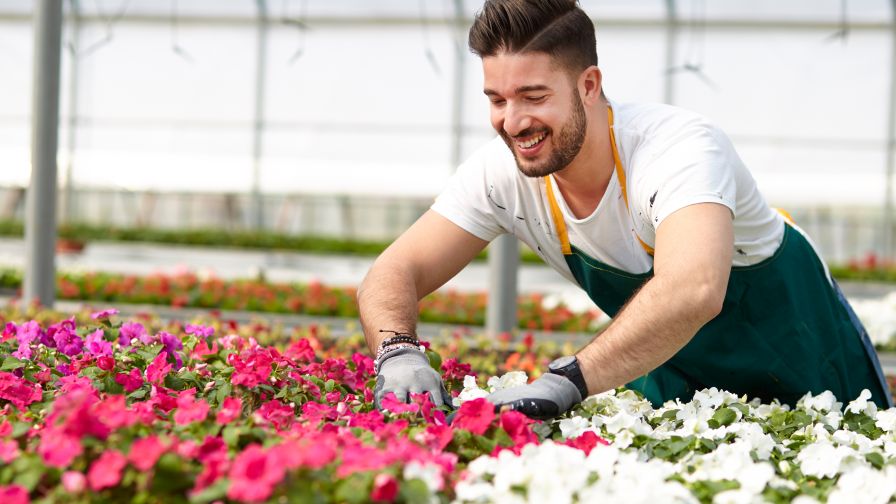10 Newly Discovered Plant and Fungal Species From 2023

Orchid Aeranthes bigibbum; photo: Phys.org
The scientific community never stops when it comes to the discovery of new species, from plants to fungi. Recently, scientists from the Royal Botanic Gardens (RBG), Kew together with international partners presented their annual picks of the top 10 plants and fungi described as new to science in 2023.
From threatened plants that owe their survival to a protected species of bird, to truly bizarre palms that fruit and flower almost exclusively underground, the list published by RBG Kew is an important reminder of the beauty and wonder of the natural world — but also a stark warning that biodiversity loss and climate change are threatening to disrupt that beauty as well as the many vital roles they play in supporting ecosystems.
Approximately 74 plants and 15 fungi were named by RBG Kew scientists and partners in 2023, with species coming in from virtually every corner of the globe. These include the rocky outcrops of Antarctica, the unique ecosystems of Madagascar, and the Korean Peninsula. Unfortunately, many of these species are already considered threatened with extinction due to habitat clearance.
Together with their partners, RBG Kew scientists seek to protect these species where possible by incorporating them into a network of Important Plant Areas (IPAs) across the globe and by conserving their seeds through the Millennium Seed Bank Partnership at Wakehurst, Kew’s wild botanic garden in the heart of Sussex. And yet, despite these efforts, it is almost certain at least one of these species was already globally extinct by the time it was formally described.
On average, scientists name about 2,500 new species of plants and 2,500 new species of fungi every year, and it is estimated there are as many as 100,000 plants yet to be formally identified. For fungi, this figure is much higher with estimates suggesting we have only scratched the surface — about 150,000 species described out of an estimated 2.5 million. Among these discoveries-in-waiting, scientists hope to find new sources of food, medicine, and nature-based solutions to the biggest challenges of our times.
Fitting for the ornamental industry, the first plant on the RBG Kew list is a new orchid species. To learn more about it, and to view the entire list, click here for an article on phys.org, a dedicates science website from the Science X network.










